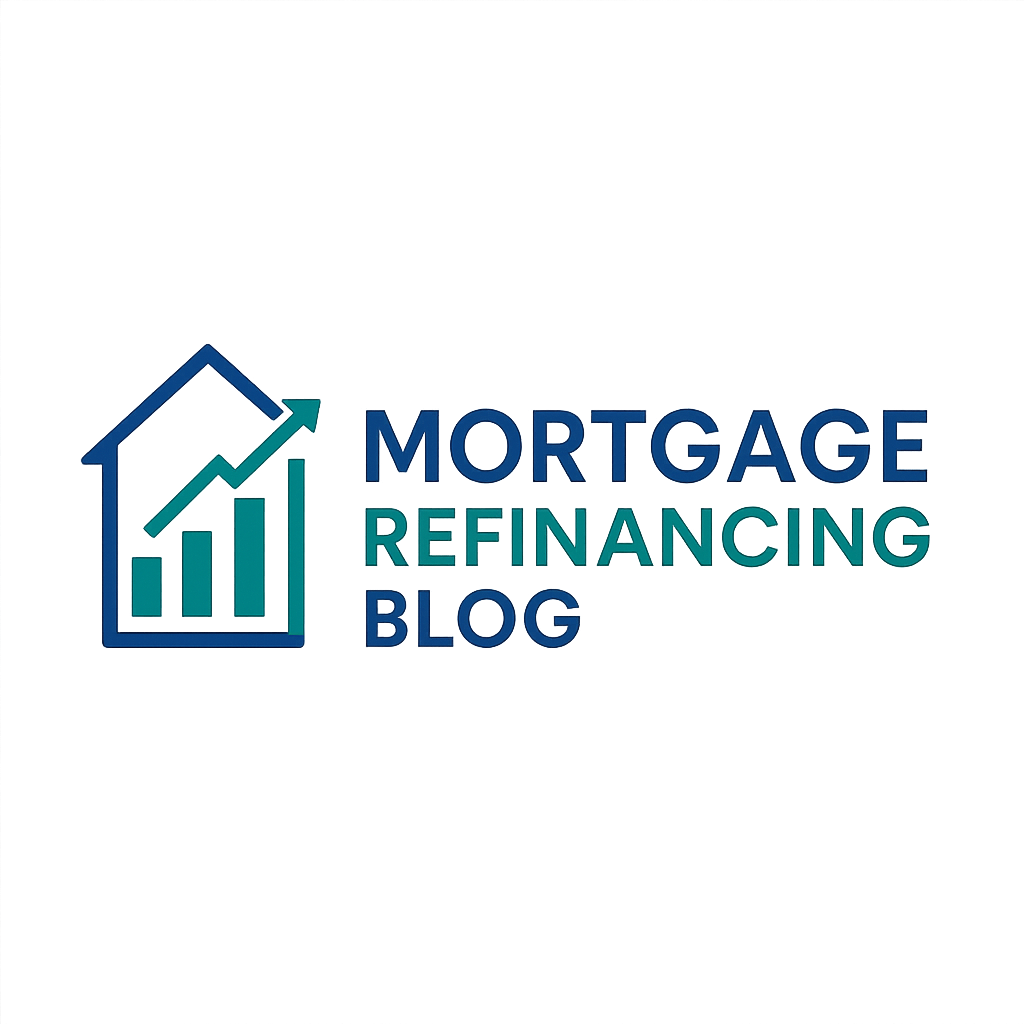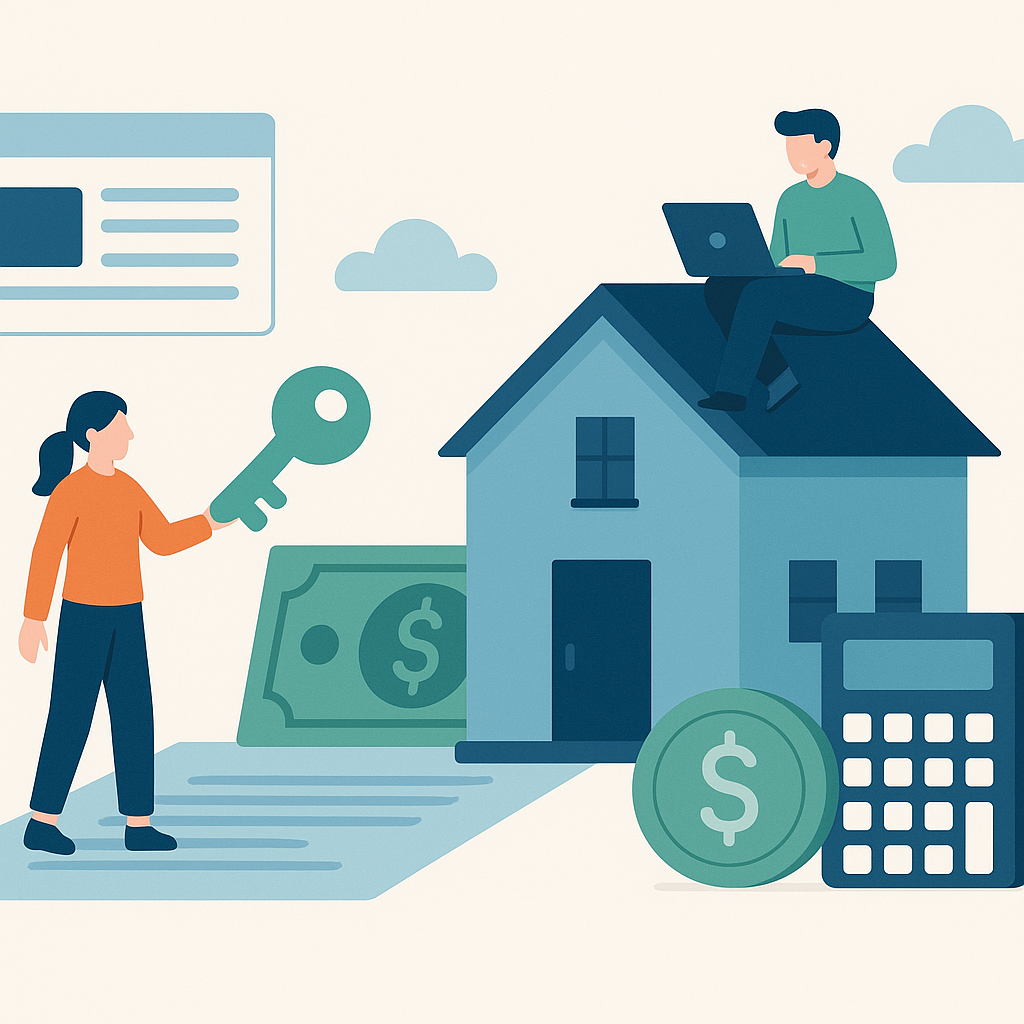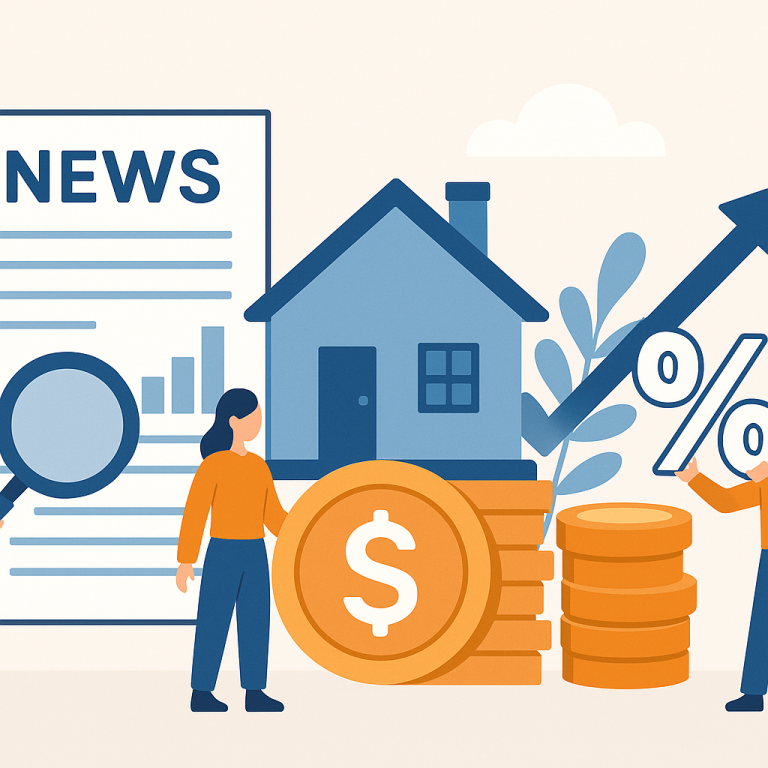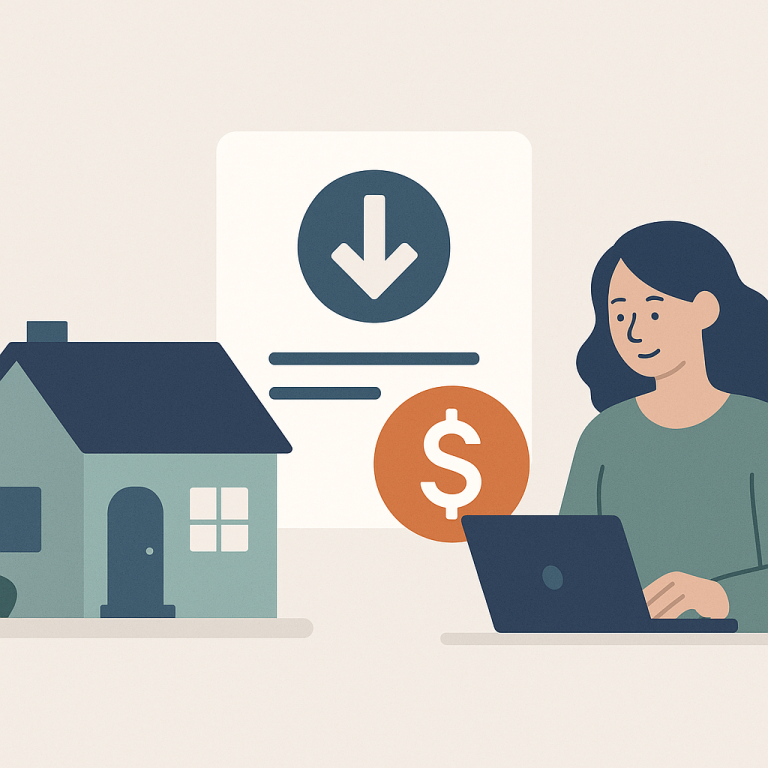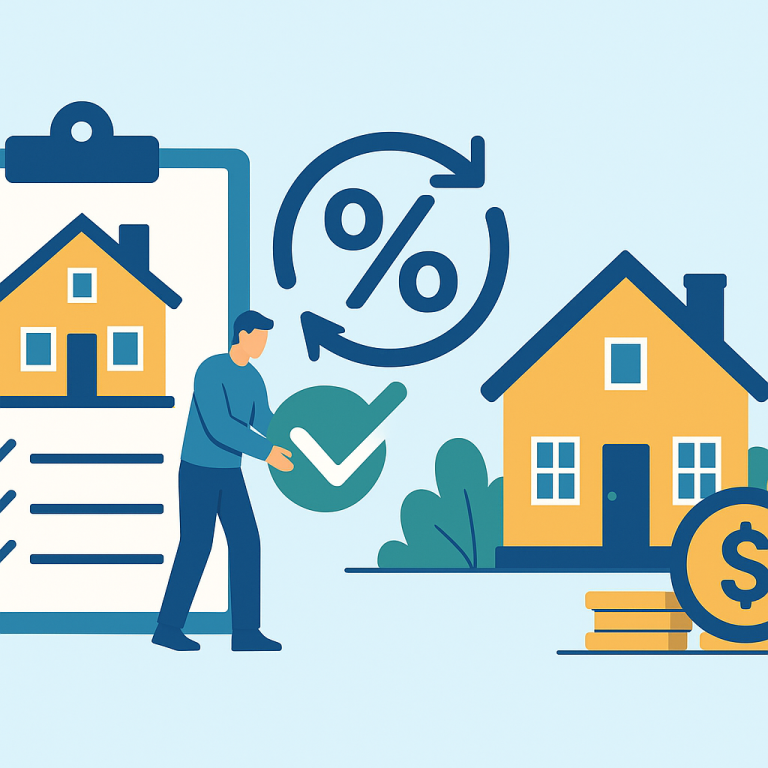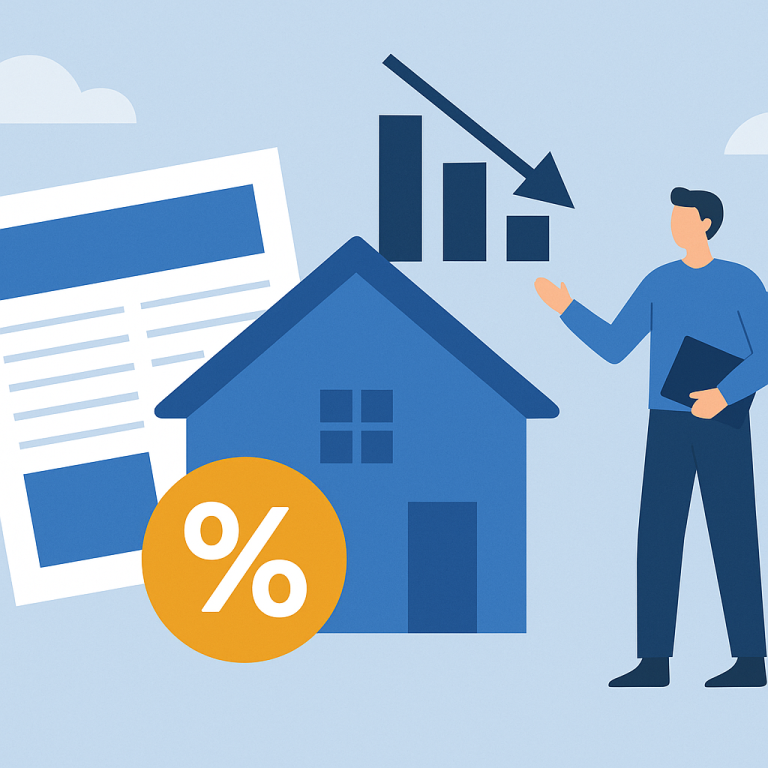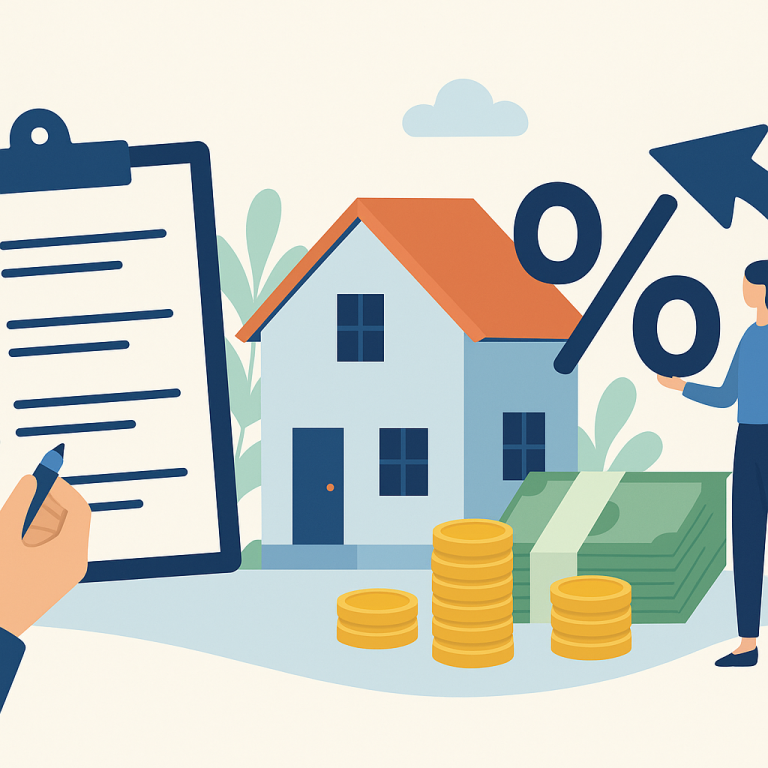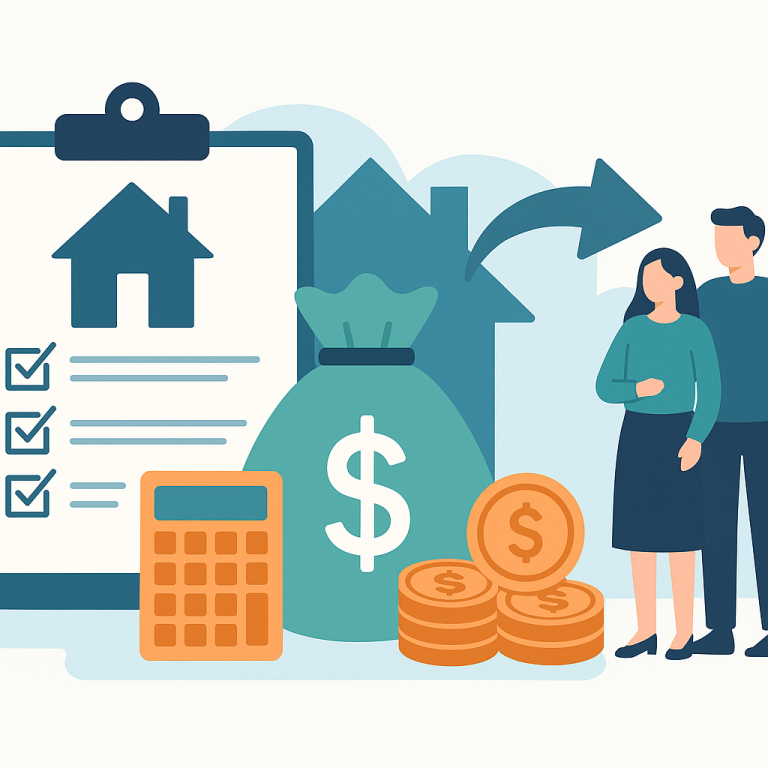Big Banks Slash Refinance Fees, Lowering Closing Costs By Up To $1,000
At a glance: Higher refinance fees and closing costs and how it could affect refinancing decisions.
Lenders have raised refinance origination fees, pushing up closing costs and lengthening breakeven timelines for many borrowers.
What Higher Refinance Fees Mean for Borrowers
Mortgage refinancing activity is adapting to an environment of ongoing interest-rate volatility. Rather than pursuing the lowest possible monthly payment, an increasing number of homeowners are choosing refinances that shorten the remaining loan term to lock in long-term interest savings and accelerate equity building.
Why term-shortening refinances are gaining traction
When mortgage rates fluctuate, the decision to refinance becomes less about immediate cash flow and more about long-term financial strategy. Homeowners who are several years into a mortgage can often reduce the total interest paid over the life of the loan by refinancing to a shorter term, even if the new rate is not dramatically lower than the existing rate. This approach appeals to borrowers focused on wealth accumulation and retirement planning rather than near-term monthly savings.
Term-shortening refinances also shift strategy away from cash-out refinances, which increase principal and can extend the repayment horizon. In a volatile rate environment, minimizing total interest and shortening payoff timelines offers clearer financial certainty for many households.
Practical considerations for homeowners
Refinancing to a shorter term requires evaluating closing costs, remaining loan balance, and how long the homeowner expects to remain in the property. The break-even period — the time it takes for monthly savings or interest reductions to offset the refinance costs — remains an essential metric. Homeowners who do not plan to stay in the home beyond the break-even point may prefer alternatives such as rate-and-term refinances that preserve term length but lower payments.
Credit profile and home equity remain important eligibility criteria. Lenders typically favor borrowers with stable income, reasonable debt levels, and sufficient equity when approving refinances that reduce term length. Additionally, existing mortgage prepayment penalties, if any, should be accounted for when calculating total cost-benefit.
Steps to evaluate a term-shortening refinance
- Calculate the remaining interest schedule on the current mortgage and compare it with projected interest under a candidate new loan.
- Obtain multiple lender quotes to compare rates, fees, and closing-cost structures.
- Assess the break-even horizon and align it with planned homeownership duration and broader financial goals.
- Consider the tax implications of refinancing and consult a tax advisor if needed, particularly when shifting between loan types (e.g., from interest-deductible mortgages to structures with different characteristics).
- Review whether funds are better directed to additional principal payments on the existing loan versus paying refinance costs to shorten the term.
Homeowner takeaways
- Shortening the mortgage term can reduce total interest paid and accelerate equity, even if the new rate is not substantially lower.
- Carefully compare refinance costs and the break-even period against how long you expect to stay in the home.
- Shop multiple lenders and loan products; small differences in fees or rates can change the financial outcome for term-focused refinances.
- Maintain awareness of credit and equity requirements; these factors influence approval odds and available rates.
- Evaluate alternatives such as extra monthly principal payments if refinancing costs outweigh potential benefits.
META: term-shortening-refinance-strategy
